Where Art meets Science to create Beautiful Smile
- TEXT US: 8608798999
- MenuMenuMenuMenu
Where Art meets Science to create Beautiful Smile
Where Art meets Science to create Beautiful Smile
Menu
- MenuMenuMenuMenu
Where Art meets Science to create Beautiful Smile
Where Art meets Science to create Beautiful Smile
Overview
Regular dental x rays are an essential part of preventive health care.
The dentist or hygienist will clean your teeth during a dental exam and check for cavities and gum disease. The dentist or hygienist will also evaluate your risk of developing other oral health problems, as well as check your face, neck, and mouth for abnormalities. A dental exam might also include dental X-rays (radiographs) or other diagnostic procedures.
During a dental exam, the dentist or hygienist will likely discuss your diet and oral hygiene habits and demonstrate proper brushing and flossing techniques. Other topics for discussion might include lifestyle factors affecting oral health and possible cosmetic improvements to your teeth.
Why are Regular Dental Exams done?
Regular dental exams help protect your oral health and general well-being. A dental exam gives your dentist a chance to provide tips on caring for your teeth and detect any problems early — when they’re most treatable.
When to have a Dental exam?
The American Dental Association recommends that adults schedule regular dental exams at intervals determined by a dentist.
Even if you no longer have your natural teeth, it’s essential to consult your dentist for regular dental exams to maintain your oral health and the usefulness of your replacement teeth.
How do you prepare for a Dental Exam?
If you’re scheduling your first adult dental exam or you’re looking for a new dentist, ask friends, loved ones, neighbors, co-workers, or your doctor for a recommendation. Consider whether the dentist has a convenient location and whether he or she participates in your health plan. Before you’re treated, make sure you understand the fees and payment options.
If you’re anxious about having a dental exam, share your concerns with your dentist or hygienist. And the dentist/hygienist might be able to adjust your treatment to help you feel more comfortable.
What can you expect from Dental Exams?
During a dental exam, the dentist or hygienist will:
– Evaluate your overall health and oral hygiene
– Evaluate your risk of tooth decay, root decay, and gum or bone disease
– Evaluate your need for tooth restoration or tooth replacement
– Check your bite and jaw for problems
– Remove any stains or deposits on your teeth
– Demonstrate proper cleaning techniques for your teeth or dentures.
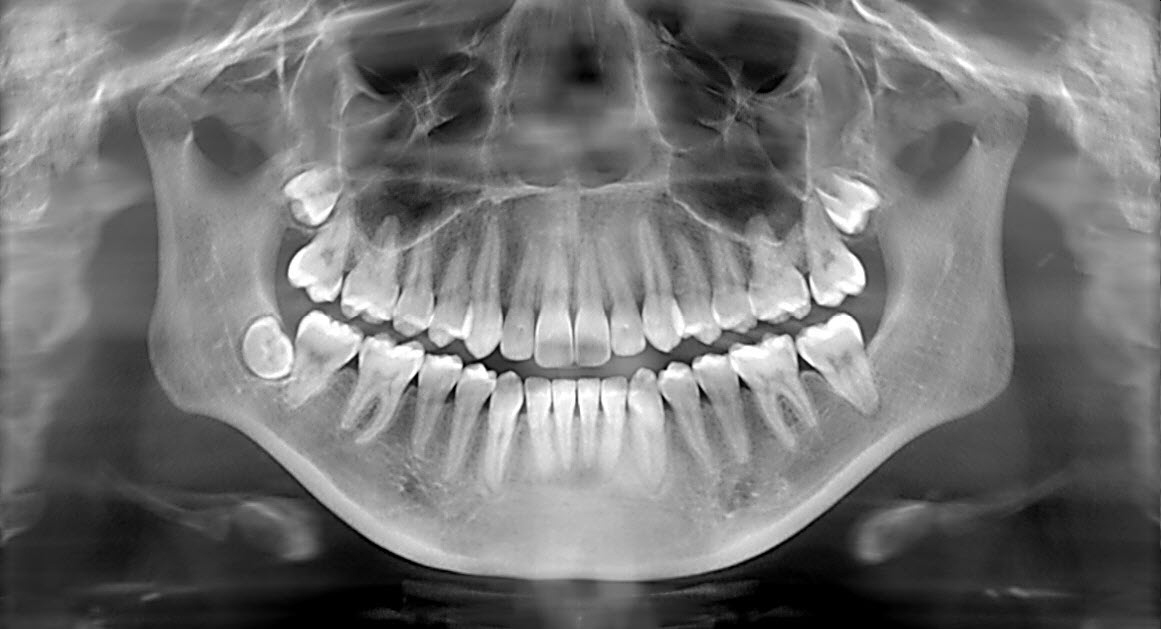
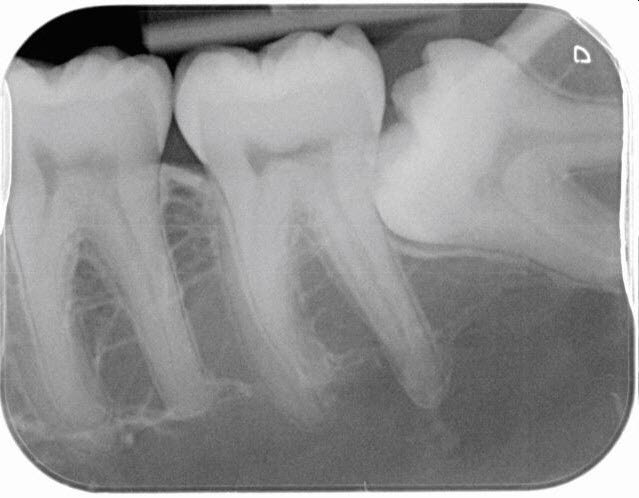
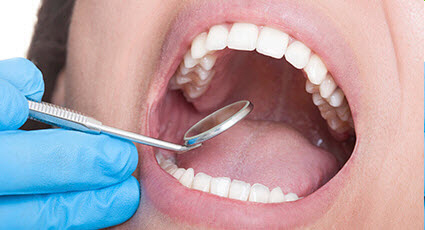

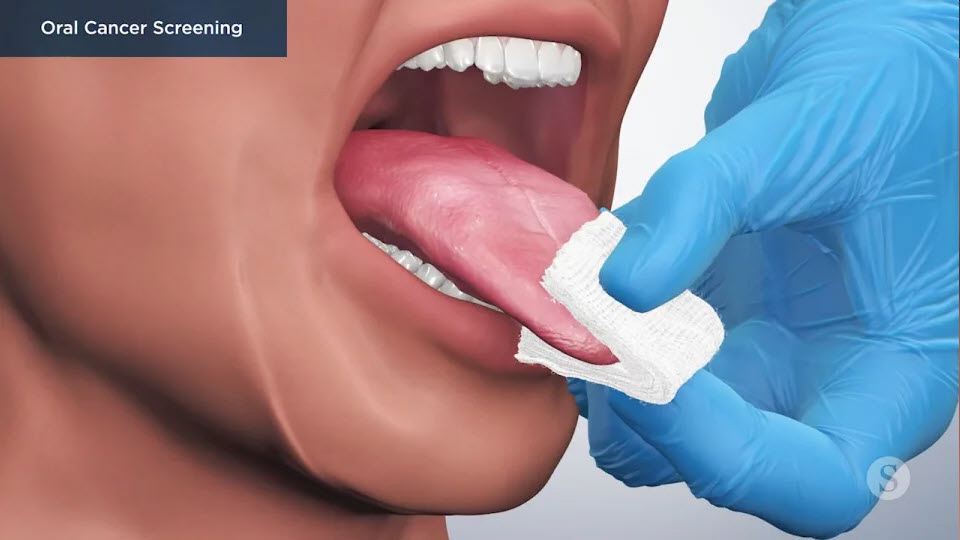

Overview
Regular dental x rays are an essential part of preventive health care.
The dentist or hygienist will clean your teeth during a dental exam and check for cavities and gum disease. The dentist or hygienist will also evaluate your risk of developing other oral health problems, as well as check your face, neck, and mouth for abnormalities. A dental exam might also include dental X-rays (radiographs) or other diagnostic procedures.
During a dental exam, the dentist or hygienist will likely discuss your diet and oral hygiene habits and demonstrate proper brushing and flossing techniques. Other topics for discussion might include lifestyle factors affecting oral health and possible cosmetic improvements to your teeth.

Why are Regular Dental Exams done?
Regular dental exams help protect your oral health and general well-being. A dental exam gives your dentist a chance to provide tips on caring for your teeth and detect any problems early — when they’re most treatable.
When to have a Dental exam?
The American Dental Association recommends that adults schedule regular dental exams at intervals determined by a dentist.
Even if you no longer have your natural teeth, it’s essential to consult your dentist for regular dental exams to maintain your oral health and the usefulness of your replacement teeth.

How do you prepare for a Dental Exam?
If you’re scheduling your first adult dental exam or you’re looking for a new dentist, ask friends, loved ones, neighbors, co-workers, or your doctor for a recommendation. Consider whether the dentist has a convenient location and whether he or she participates in your health plan. Before you’re treated, make sure you understand the fees and payment options.
If you’re anxious about having a dental exam, share your concerns with your dentist or hygienist. And the dentist/hygienist might be able to adjust your treatment to help you feel more comfortable.
What can you expect from Dental Exams?
During a dental exam, the dentist or hygienist will:
– Evaluate your overall health and oral hygiene
– Evaluate your risk of tooth decay, root decay, and gum or bone disease
– Evaluate your need for tooth restoration or tooth replacement
– Check your bite and jaw for problems
– Remove any stains or deposits on your teeth
– Demonstrate proper cleaning techniques for your teeth or dentures.
– Assess your need for fluoride
– Take dental X-rays or, if necessary, do other diagnostic procedures
During a dental exam, your dentist or hygienist will also ask about any health problems you have or medications you’re taking and discuss how they might affect your oral health. If you have diabetes, for example, you’re at increased risk of gum disease, and any medication that contributes to dry mouth can increase your risk of tooth decay. Suppose arthritis interferes with your ability to brush your teeth effectively. In that case, your dentist or hygienist might show you how to insert the handle of your toothbrush into a rubber ball for easier use — or recommend a powered or electric toothbrush.
If you have prosthetic replacements — such as dentures or bridges — your dentist or hygienist will examine how well they fit and discuss the need for adjustments.
Dental exams might also include counseling about diet, tobacco products, and other lifestyle factors that can affect oral health.

Dental X-ray
A dental X-ray allows the dentist to see detailed images of your mouth. Various types of dental X-rays are available, including:

Oral cancer exam
During your dental exam, your dentist or hygienist will look for signs of oral cancer; they will feel the area under your jaw, sides of your neck, and insides of your lips and cheeks; moreover, examine the sides of your tongue and the roof and floor of your mouth.
Dental impression
In some cases, the dentist might recommend making a dental impression of one or both jaws to produce a replica of your teeth and oral tissue. It can help the dentist or hygienist evaluate your bite or make a mouth guard or bleaching trays.
The dentist or hygienist will fill horseshoe-shaped trays with a soft, gelatin-like material and place them over your upper or lower teeth. After a few minutes, the trays are removed and used to create a dental cast of your mouth. The dentist might also have you bite down on a soft material to record and evaluate your bite.
Results
After your dental exam, the dentist or hygienist will discuss your oral health, including your risk of tooth decay, gum disease, and any other oral health problems, and preventive measures you can take to improve and protect your oral health.
The dentist or hygienist will also recommend the best time to return for a follow-up visit. If you’re at high risk of any tooth decay stage of gum disease or have other oral health problems, the dentist or hygienist might recommend frequent checkups.
– Assess your need for fluoride
– Take dental X-rays or, if necessary, do other diagnostic procedures
During a dental exam, your dentist or hygienist will also ask about any health problems you have or medications you’re taking and discuss how they might affect your oral health. If you have diabetes, for example, you’re at increased risk of gum disease, and any medication that contributes to dry mouth can increase your risk of tooth decay. Suppose arthritis interferes with your ability to brush your teeth effectively. In that case, your dentist or hygienist might show you how to insert the handle of your toothbrush into a rubber ball for easier use — or recommend a powered or electric toothbrush.
If you have prosthetic replacements — such as dentures or bridges — your dentist or hygienist will examine how well they fit and discuss the need for adjustments.
Dental exams might also include counseling about diet, tobacco products, and other lifestyle factors that can affect oral health.
Dental X-ray
A dental X-ray allows the dentist to see detailed images of your mouth. Various types of dental X-rays are available, including:
Oral cancer exam
During your dental exam, your dentist or hygienist will look for signs of oral cancer; they will feel the area under your jaw, sides of your neck, and insides of your lips and cheeks; moreover, examine the sides of your tongue and the roof and floor of your mouth.
Dental impression
In some cases, the dentist might recommend making a dental impression of one or both jaws to produce a replica of your teeth and oral tissue. It can help the dentist or hygienist evaluate your bite or make a mouth guard or bleaching trays.
The dentist or hygienist will fill horseshoe-shaped trays with a soft, gelatin-like material and place them over your upper or lower teeth. After a few minutes, the trays are removed and used to create a dental cast of your mouth. The dentist might also have you bite down on a soft material to record and evaluate your bite.
Results
After your dental exam, the dentist or hygienist will discuss your oral health, including your risk of tooth decay, gum disease, and any other oral health problems, and preventive measures you can take to improve and protect your oral health.
The dentist or hygienist will also recommend the best time to return for a follow-up visit. If you’re at high risk of any tooth decay stage of gum disease or have other oral health problems, the dentist or hygienist might recommend frequent checkups.
MONDAY 9 AM – 5.30 PM
TUESDAY 9 AM – 5.30 PM
WEDNESDAY 9 AM – 5.30 PM
THURSDAY 10.30 AM – 6.30 PM
FRIDAY 9 AM – 3.30 PM
SATURDAY CLOSED
SUNDAY CLOSED
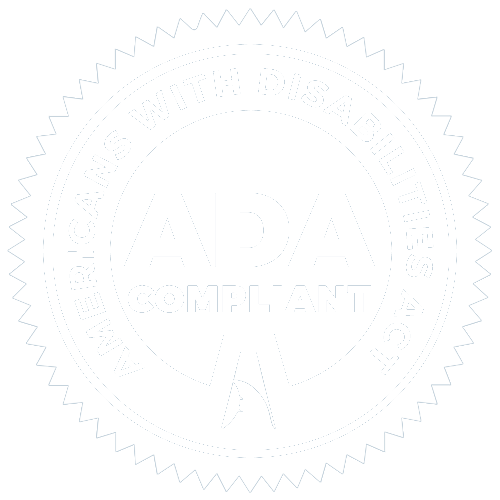
MONDAY 9 AM – 5.30 PM
TUESDAY 9 AM – 5.30 PM
WEDNESDAY 9 AM – 5.30 PM
THURSDAY 10.30 AM – 7 PM
FRIDAY 9 AM – 5.30 PM
SATURDAY CLOSED
SUNDAY CLOSED

MONDAY 9 AM – 5.30 PM
TUESDAY 9 AM – 5.30 PM
WEDNESDAY 9 AM – 5.30 PM
THURSDAY 10.30 AM – 7 PM
FRIDAY 9 AM – 5.30 PM
SATURDAY CLOSED
SUNDAY CLOSED
